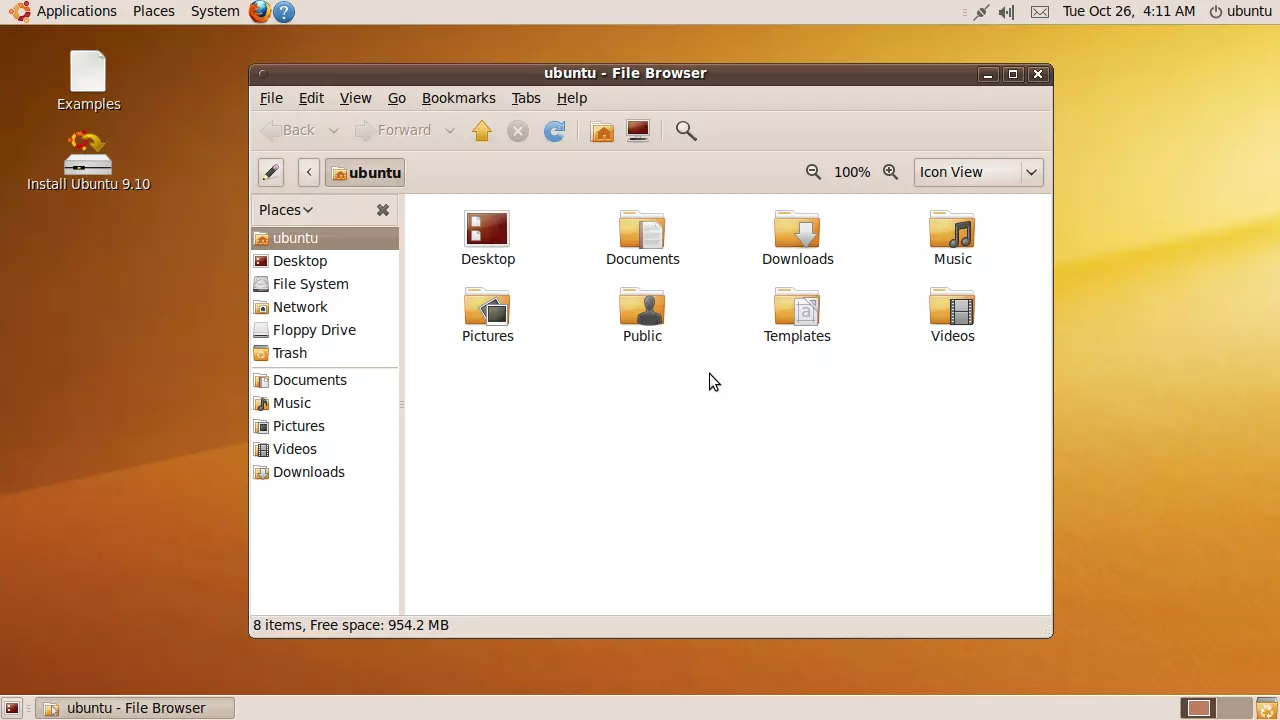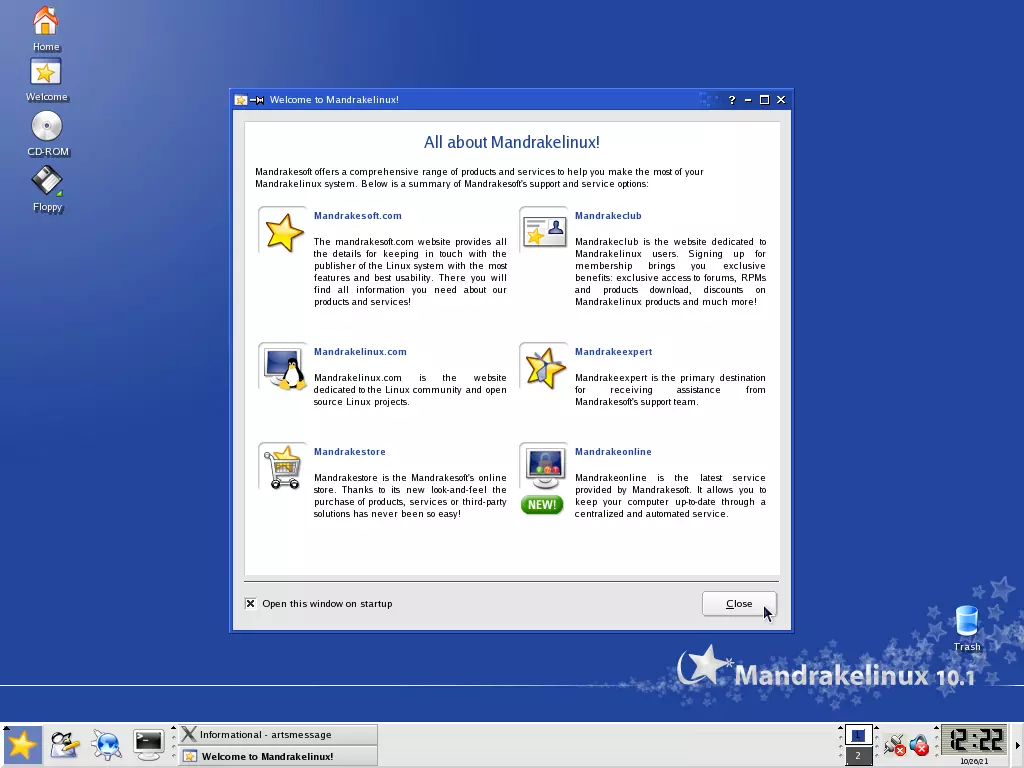Human Karmic and Magical Mandrake
2021-10-26
Around 2010, many Ubuntu installations found in our local schools had their theme set to Human or Human Clearlooks, the primary ones for most Ubuntu versions prior to 10.04 (Lucid Lynx). But I personally preferred the look and feel of Ubuntu 10.04, because it used way less orange and made many lines and borders invisible. In other words, the new theme was smooth and cool.
But now in the days of oversimplified UI, monotonic color schemes, and controls without any individuality or organization, I really want the Human look back. I'm not going to drop the SGI look anytime soon, but I just want to feel Human once again.
After trying out some Human-like themes available online, it became clear that I was not going to be able to get the whole classic Ubuntu look on Ubuntu 20.04, now that desktops and widget toolkits have evolved a lot. So I decided to download and run Ubuntu 9.10 (Karmic Koala), the last Ubuntu version to have Human as its default theme.

Entering the live session, it brought back so many memories, but the feelings were totally fresh. However, I didn't spent much time there. Ubuntu 9.10 wasn't alien to me after all. So why not choose something totally different, that too going further back in time? Then I decided to try some version of Mandrake, partially influenced by an online video that featured really interesting pieces of music claiming to be from KDE 3 on Mandrake.
Although the whole Mandrake thing is long gone, ISO files are available from Internet Archive, which is trustworthy enough to try in a VM for fun. Mandrake 10.1 (2004) is the version I got, unsure if it had the music I wanted.
Mandrake 10.1 spans four CDs. I downloaded the first one only, and it turned out to be enough to get a basic KDE installation with OpenOffice and GIMP.
Since it wasn't a live CD, I had to create a disk file using dd
(no formatting though) and start qemu with this file set as -hdd.
The installer was really impressive. I won't say it is better than every
GNU/Linux installer we've got now, but it certainly is impressive considering
it's from 2004. And it certainly has parts that are better than many
user-friendly GNU/Linux installers active today.
Of course it wasn't a plug-and-play experience. The installation got stuck at a point where I had to set the admin password. But when I restarted qemu, it detected and resumed the current installation. The login was broken, but I could drop to the single user mode and create a new user, with which I could successfully enter KDE.
Once again, I liked the old look. All I had to change was the window manager theme. The only thing I miss in old GNOME and KDE is the ability to search for apps just by pressing the Super Key (Windows Key). (By the way, I still miss the ability to set Win+0..9 shortcuts in KDE.)

Mandrake shows a welcome dialog listing some of their online services. I can take that as well as dialogs that present first-use tutorials as long as you can close it altogether if needed. Many "user-friendly" software nowadays present tips one after another and you have no choice but to press Next a dozen times. They are not security-related or something.
The most nostalgic experience was installing additional software from the CD. It used to be a standard thing across distros. You open the package manager, select the packages to install, and the package manager prompts you to install CD number N. The last time I did that was like a decade ago. Of course, installing online from the official repo is the best if you have to be up-to-date.
However, I couldn't get the audio working. Maybe because I didn't set
-soundhw when I first ran qemu to install Mandrake.
Various attempts including modprobe, adding user to
the audio group, and /etc/init.d/sound start
(of course there is no systemd) didn't work. Since I wasn't that serious,
I just gave up, mounted the disk file using losetup, and checked
the contents. No, the KDE startup sound found there was not the one
I was looking for.
I tried KDE Attic also, where I could locate the sound files, again not what I was looking for. Maybe it's in a version I didn't check. Maybe it's exclusive to Mandrake.
By the way, if you are curious, browsing the Web on these old OS versions is totally impractical. Most sites have switched to HTTPS with certificates and ciphers that old OSs can't handle. Even with HTTP sites, the languages of the Web have changed a lot. Even when possible, browsing the Web with outdated software is always a risk.
Okay, what was I trying to say so far? There are things I miss. But at the same time we should try new things. All I can say for sure is that I hope elements of these classic desktops will make into modern PC designs. For day-to-day computing, I still prefer the SGI-looking Xfce setup that I mentioned in the other blog post, but whenever I have to see a cool-looking desktop, I'll go back to these old desktops rather than checking out the "modern" designs.
Nandakumar Edamana
Tags: retro, ui, ubuntu, mandrake, gnu-linux, installation, operating system, software, computer, technology
Read more from Nandakumar at nandakumar.org/blog/
